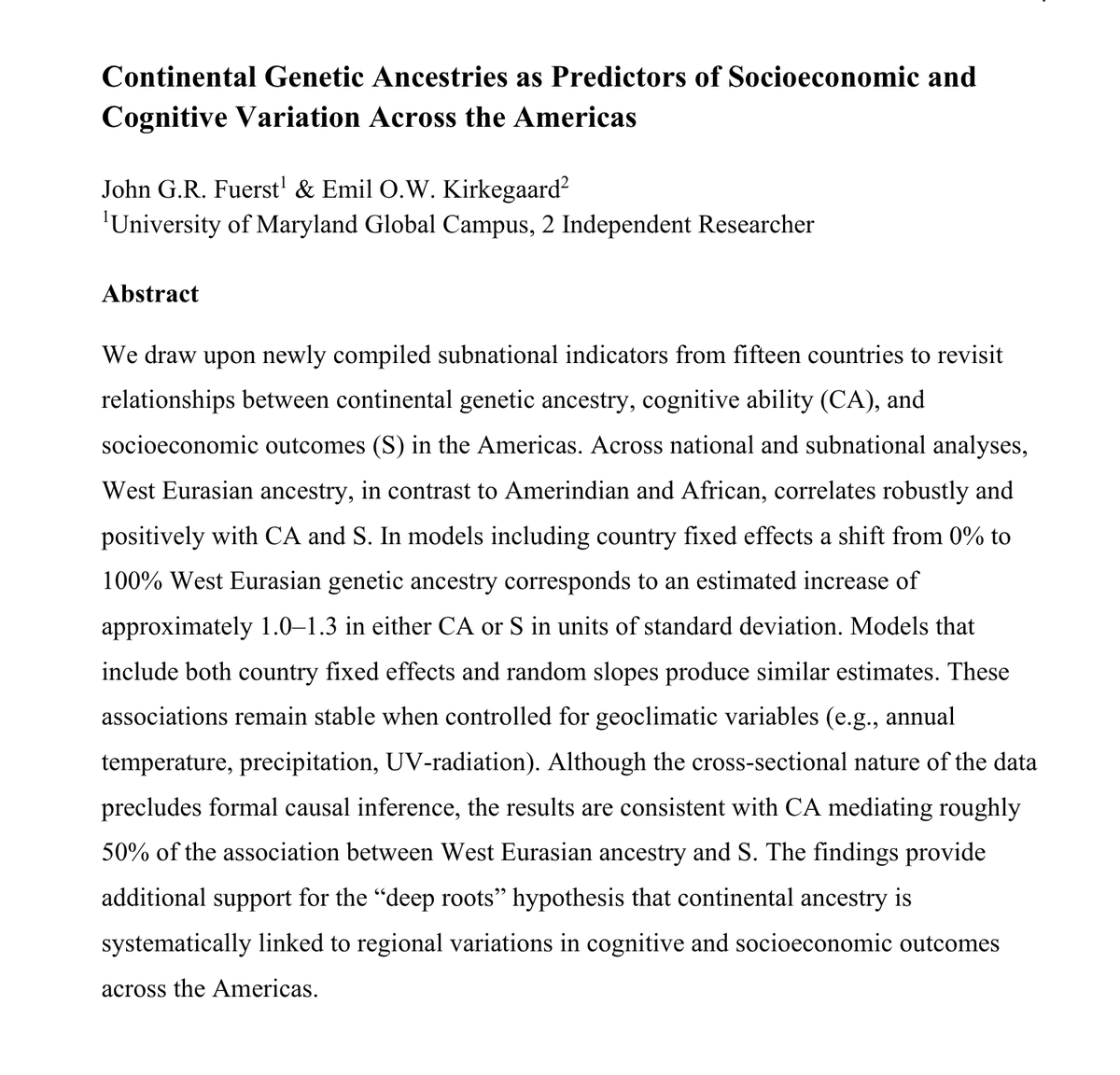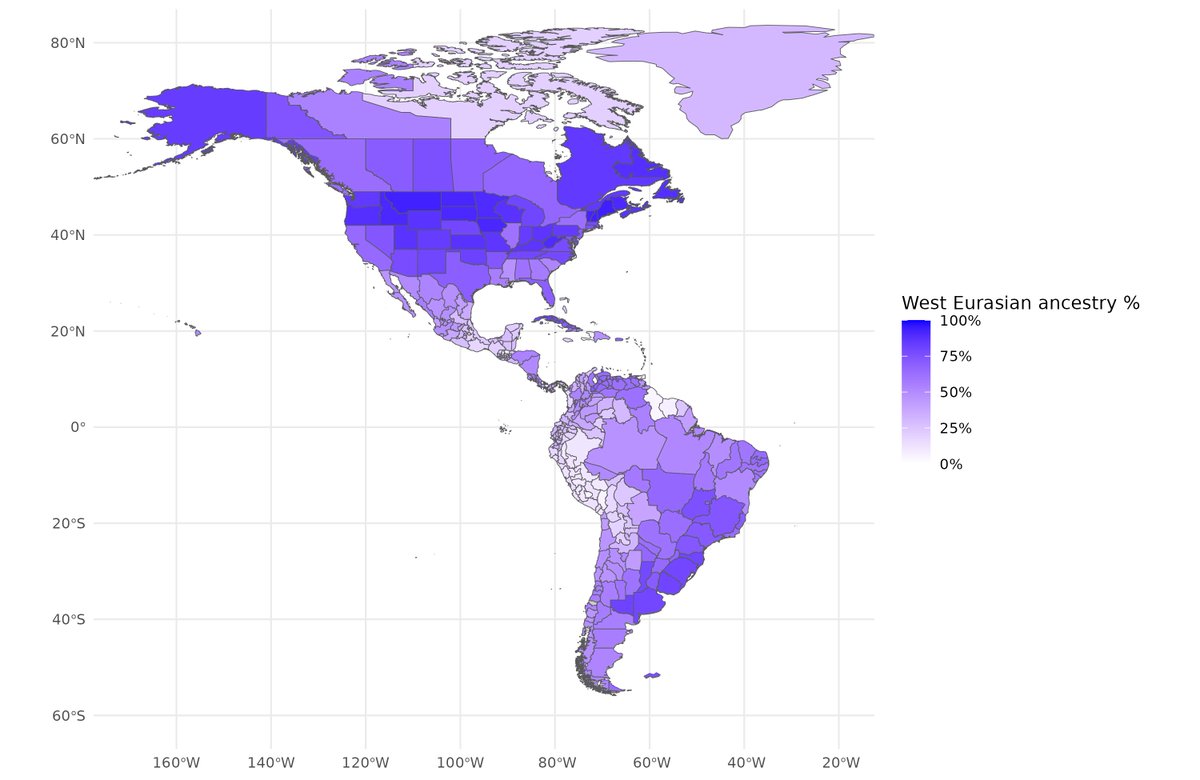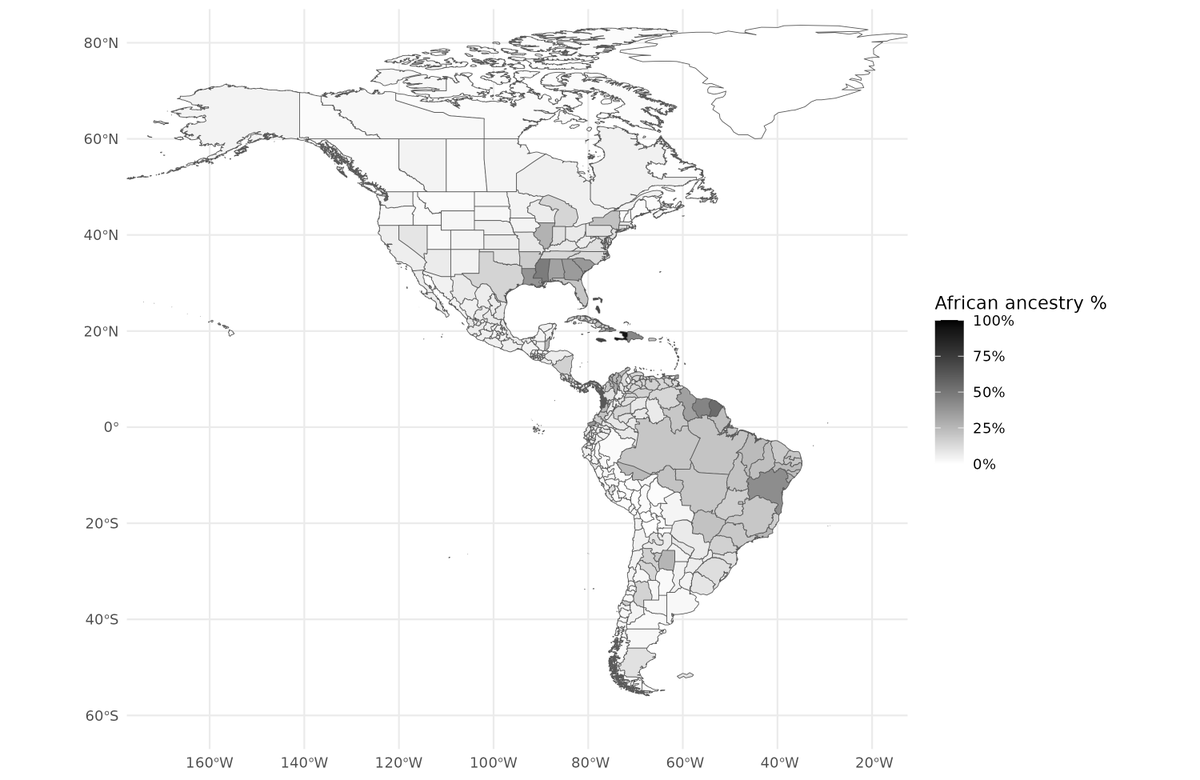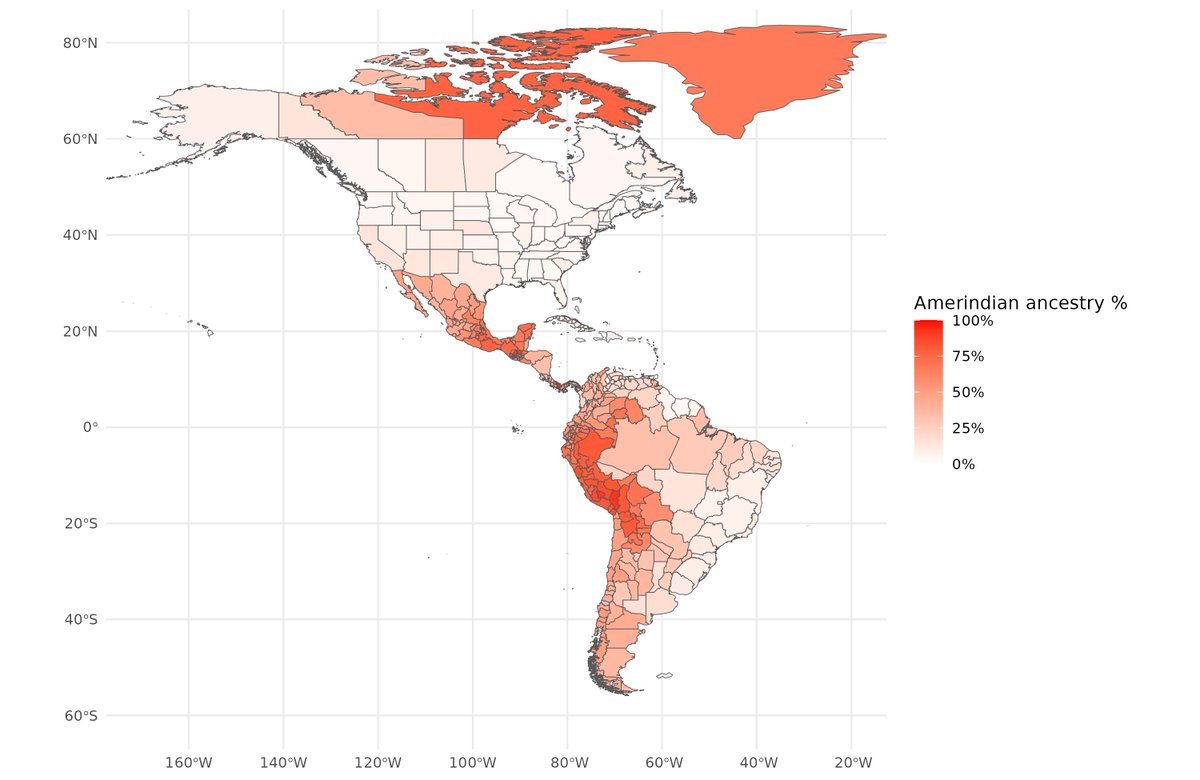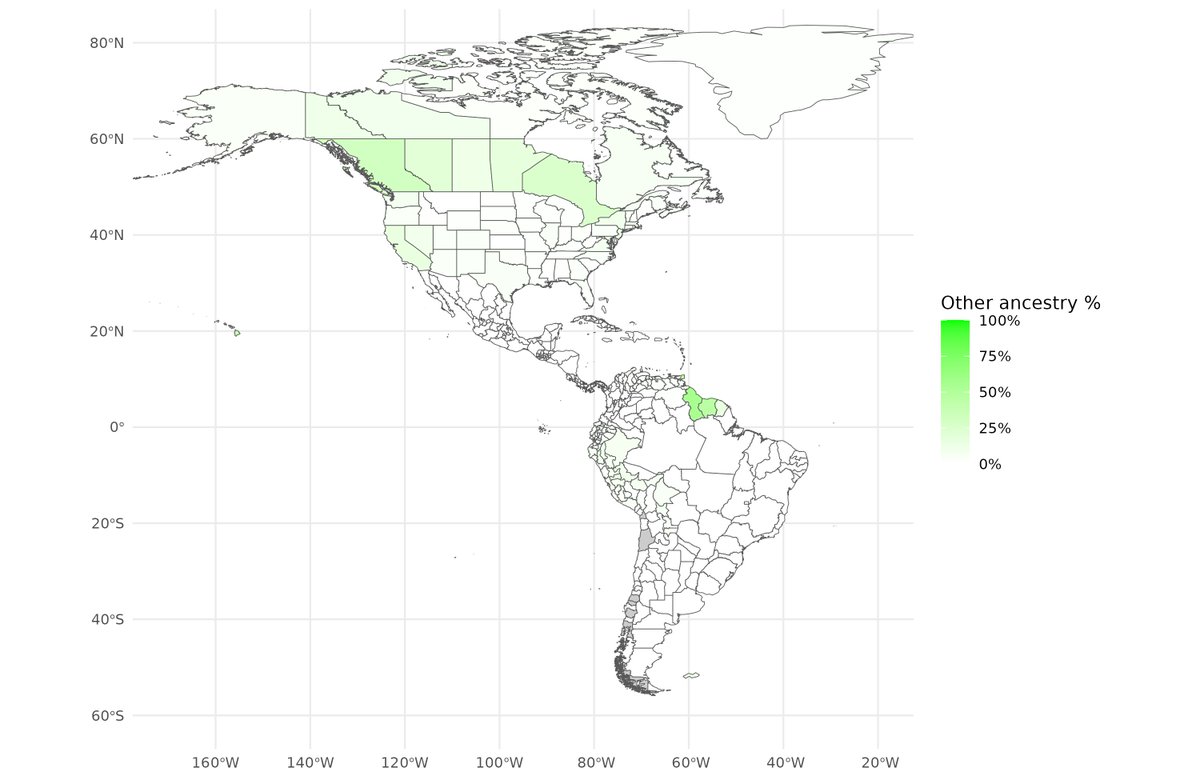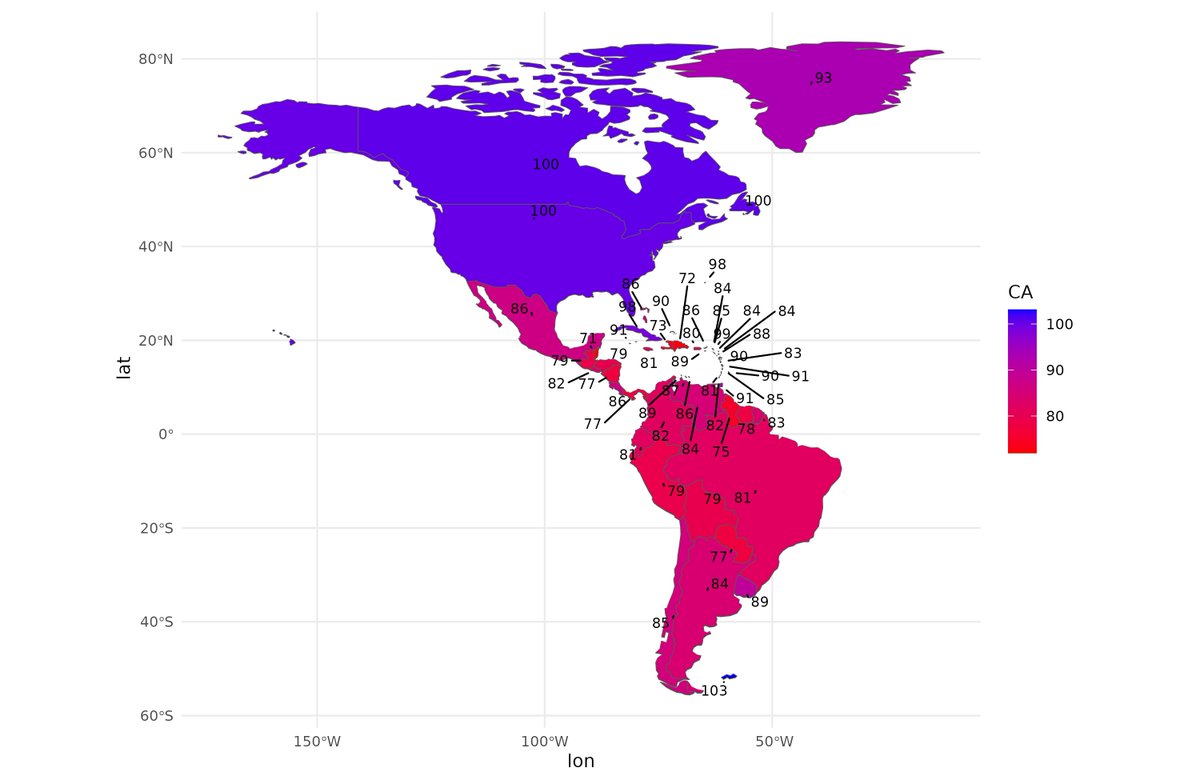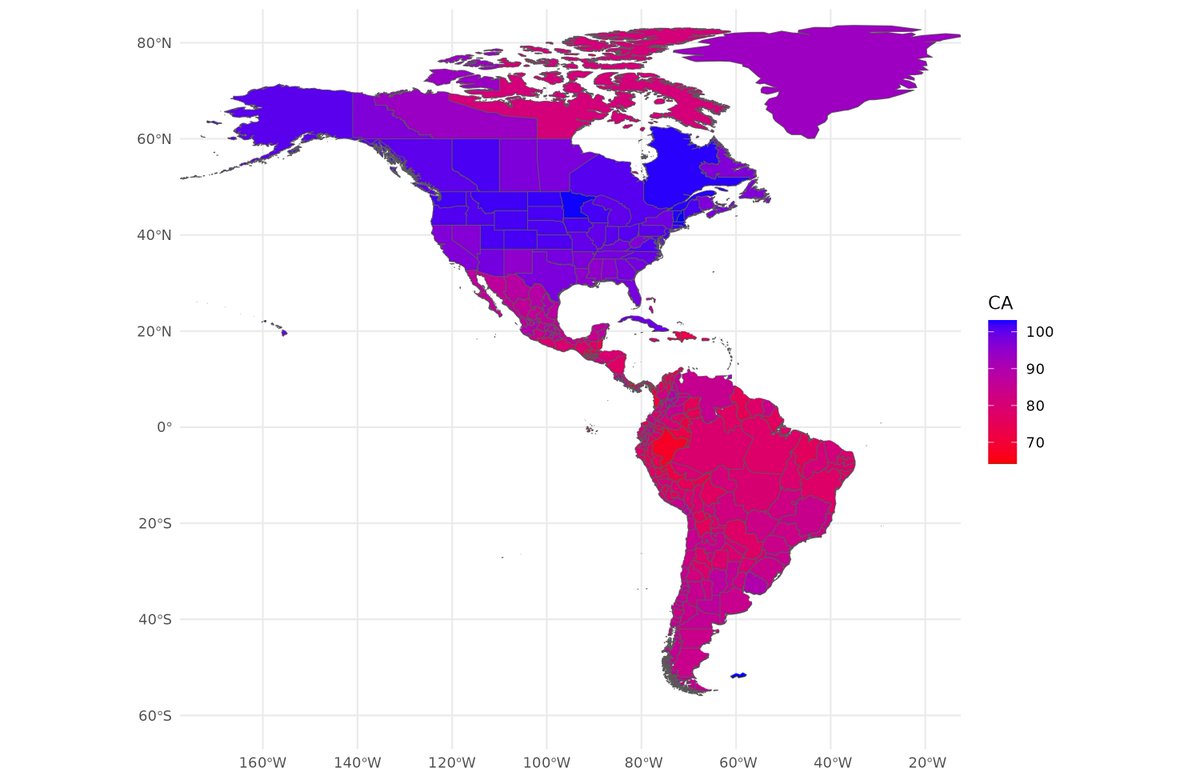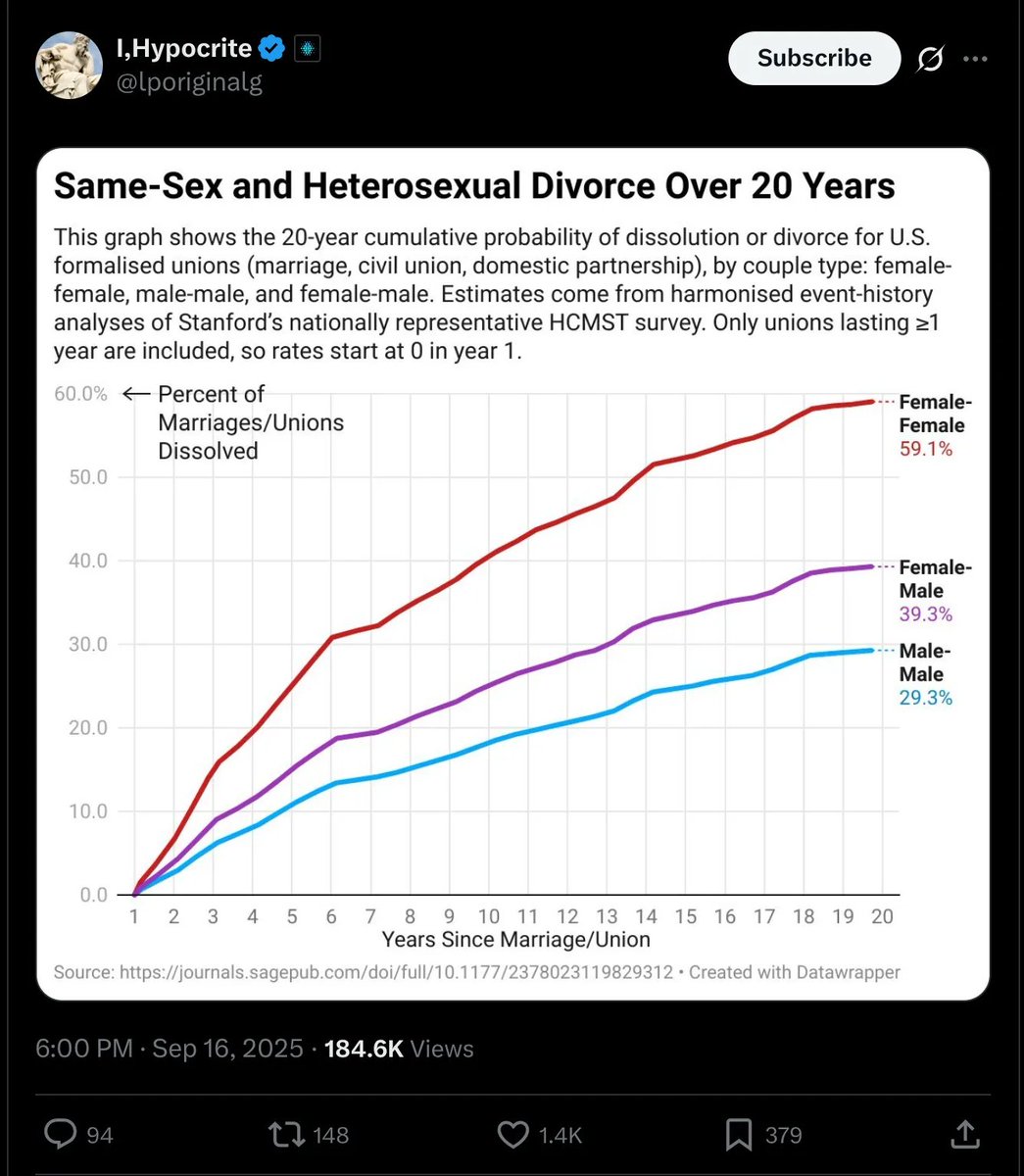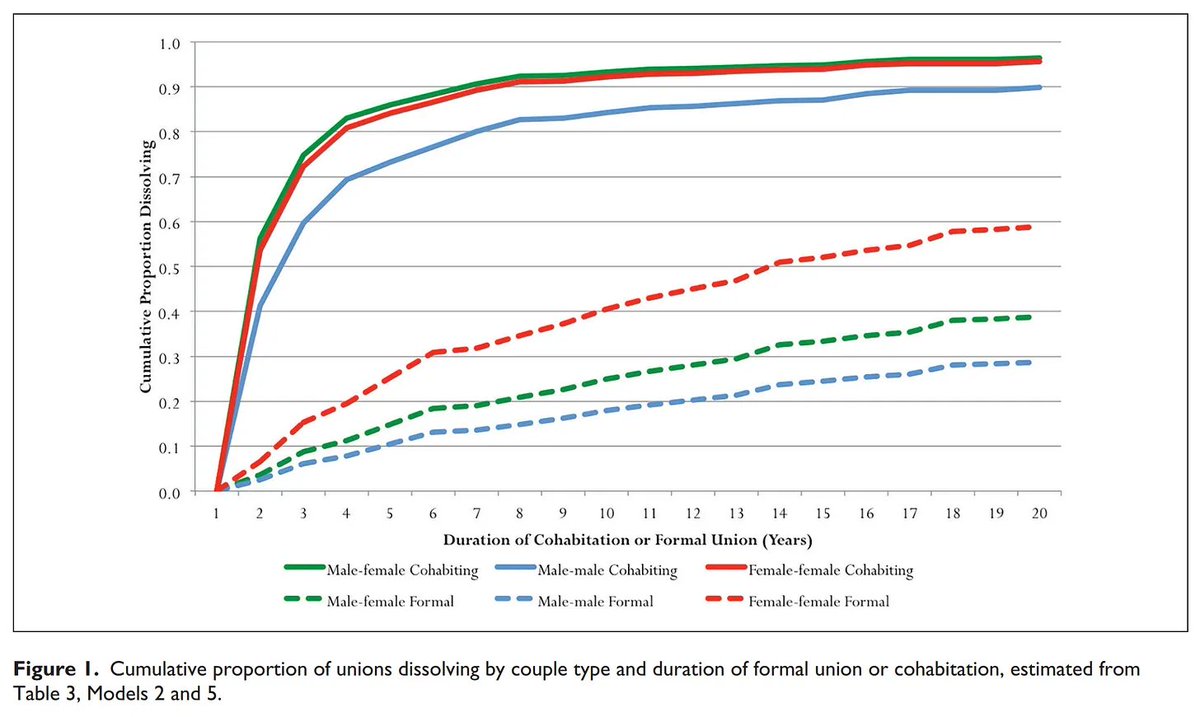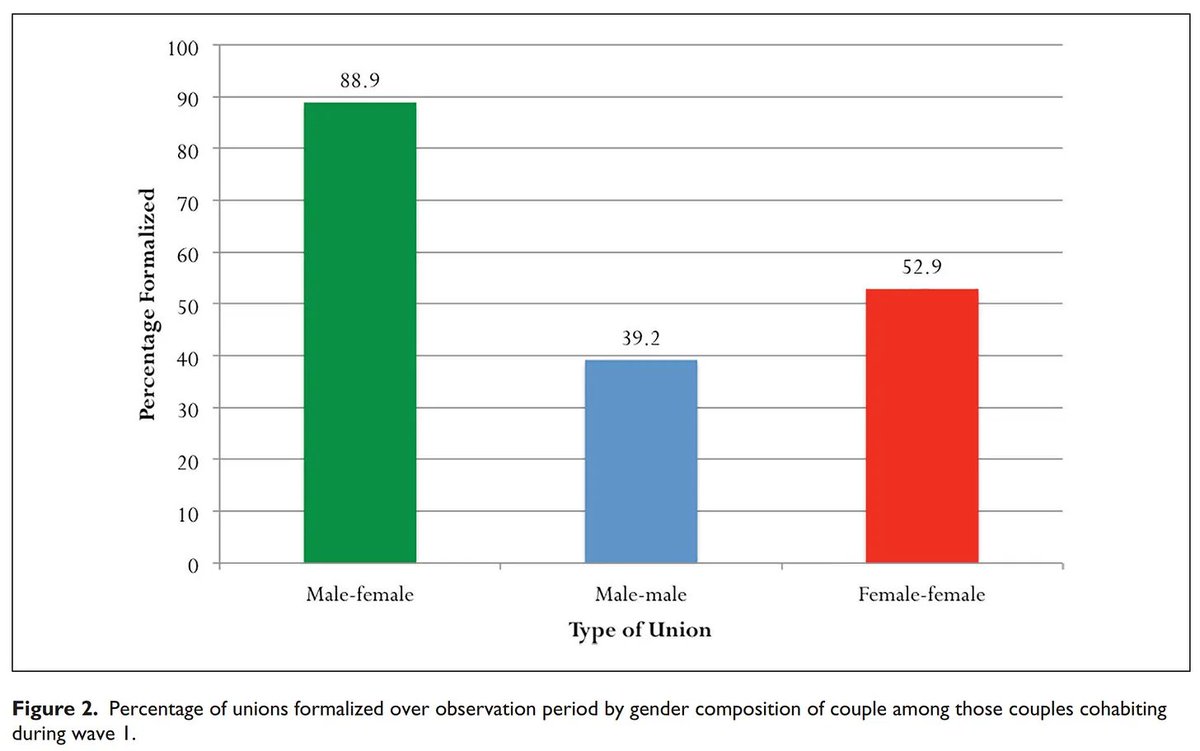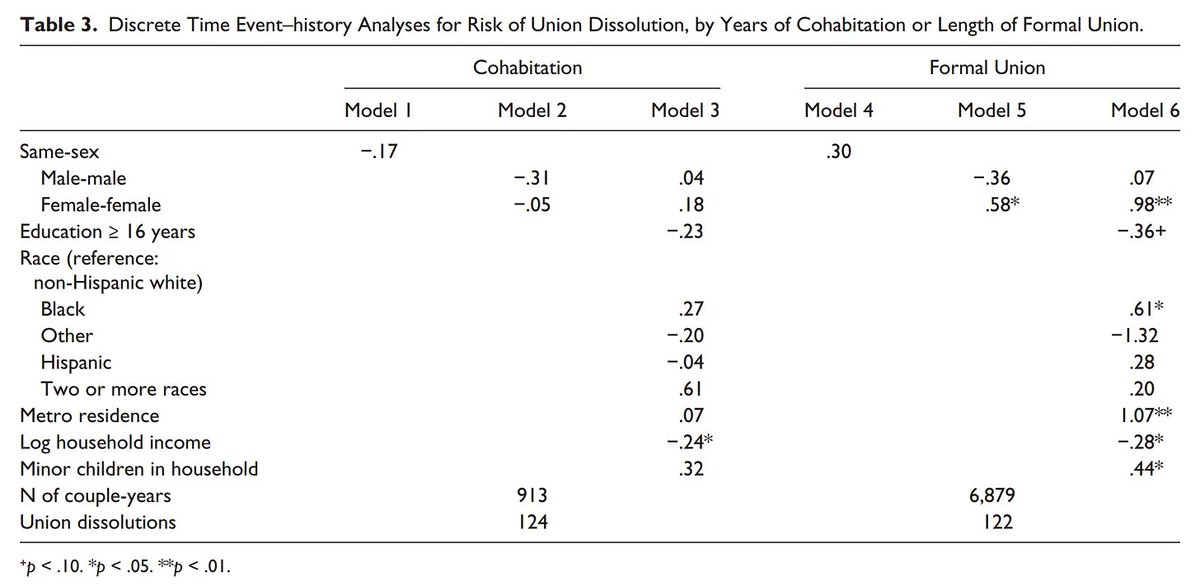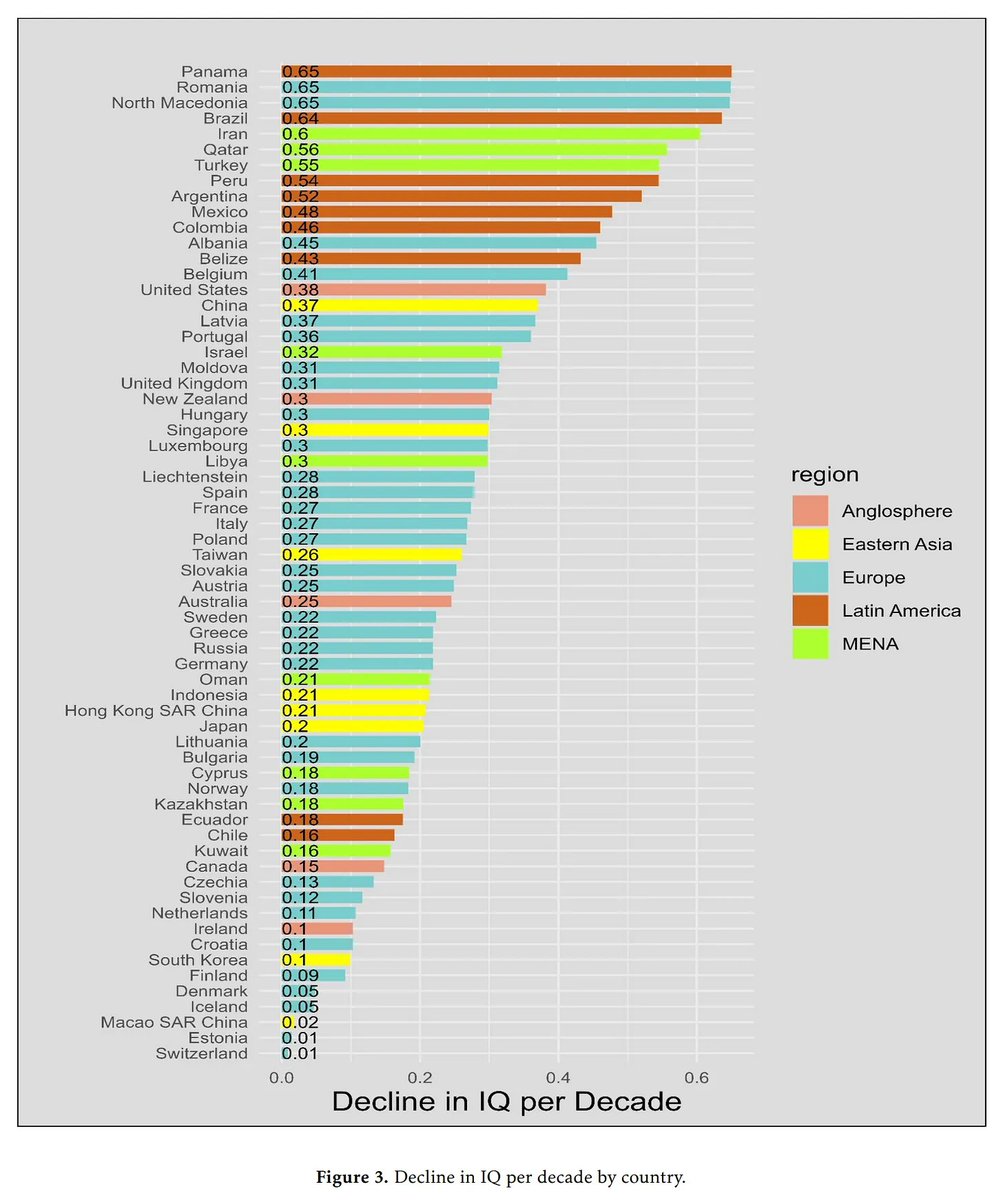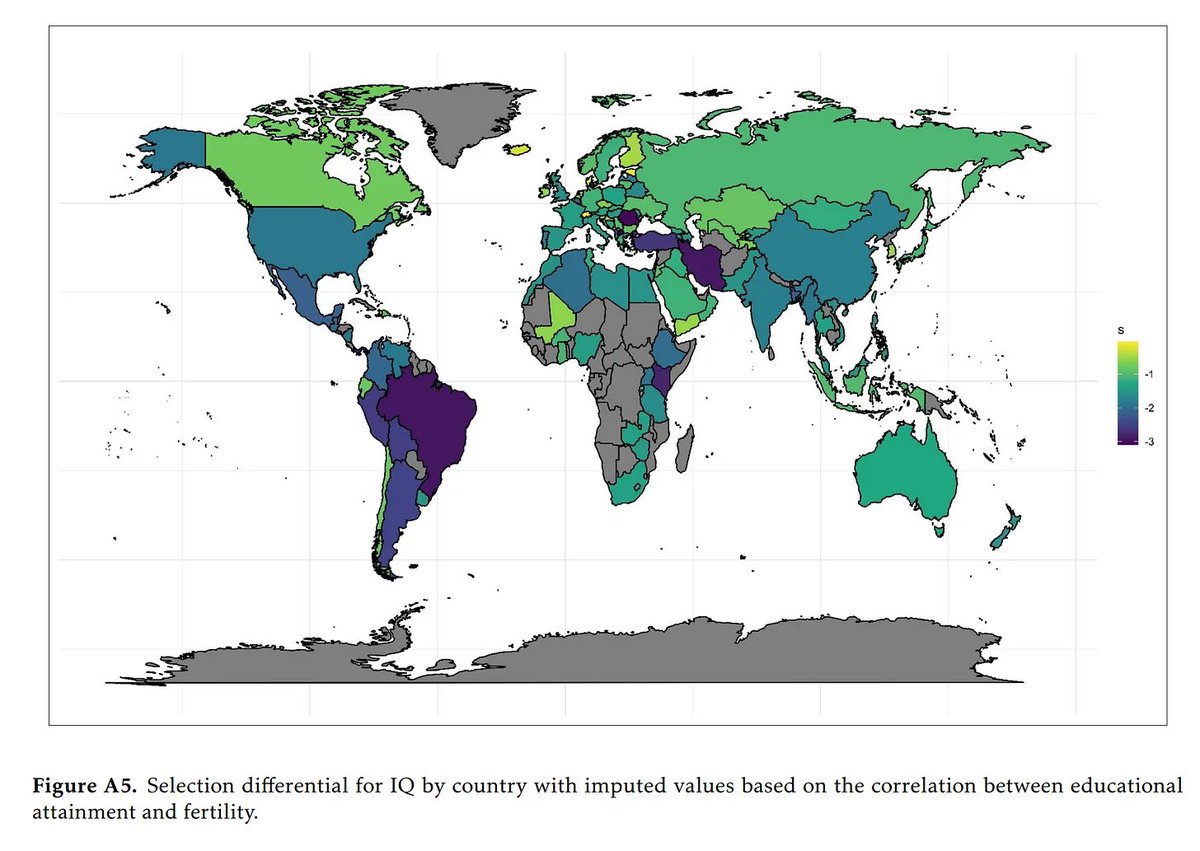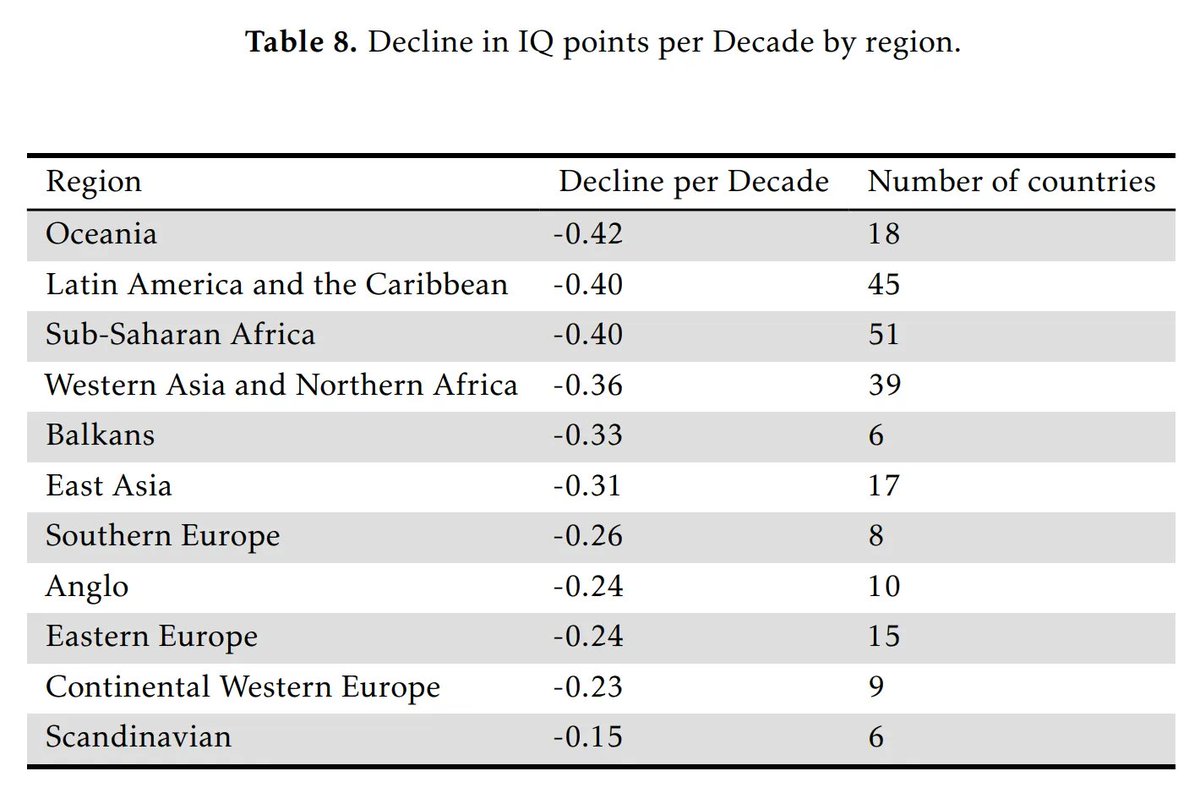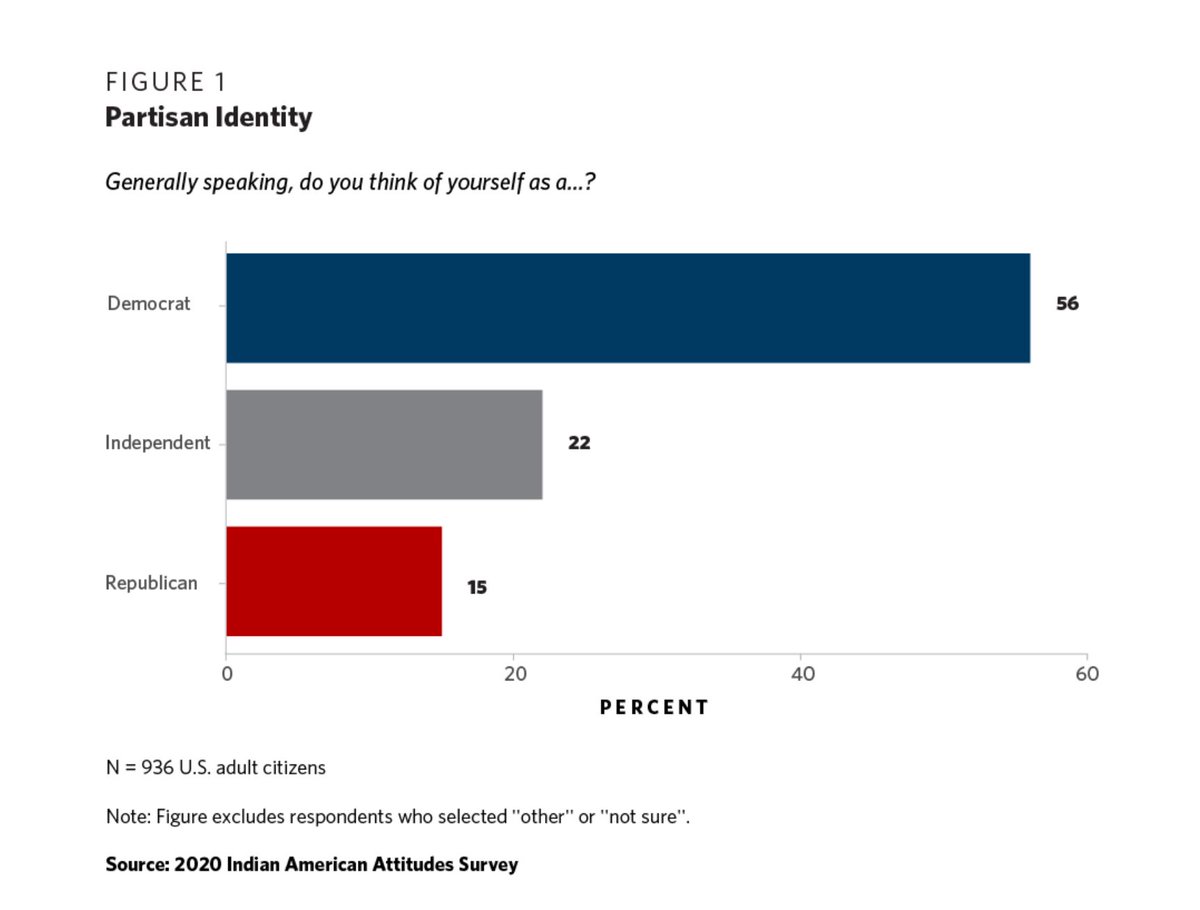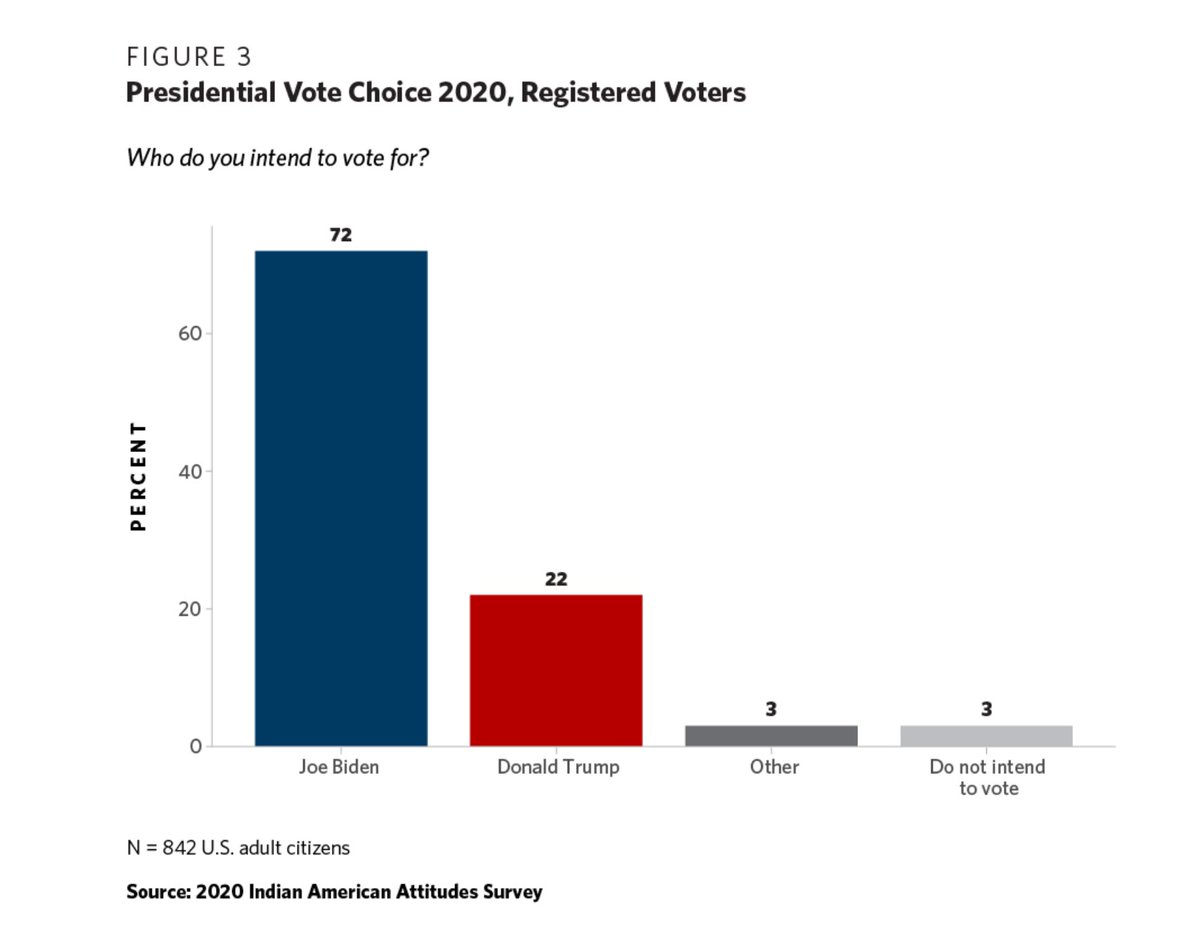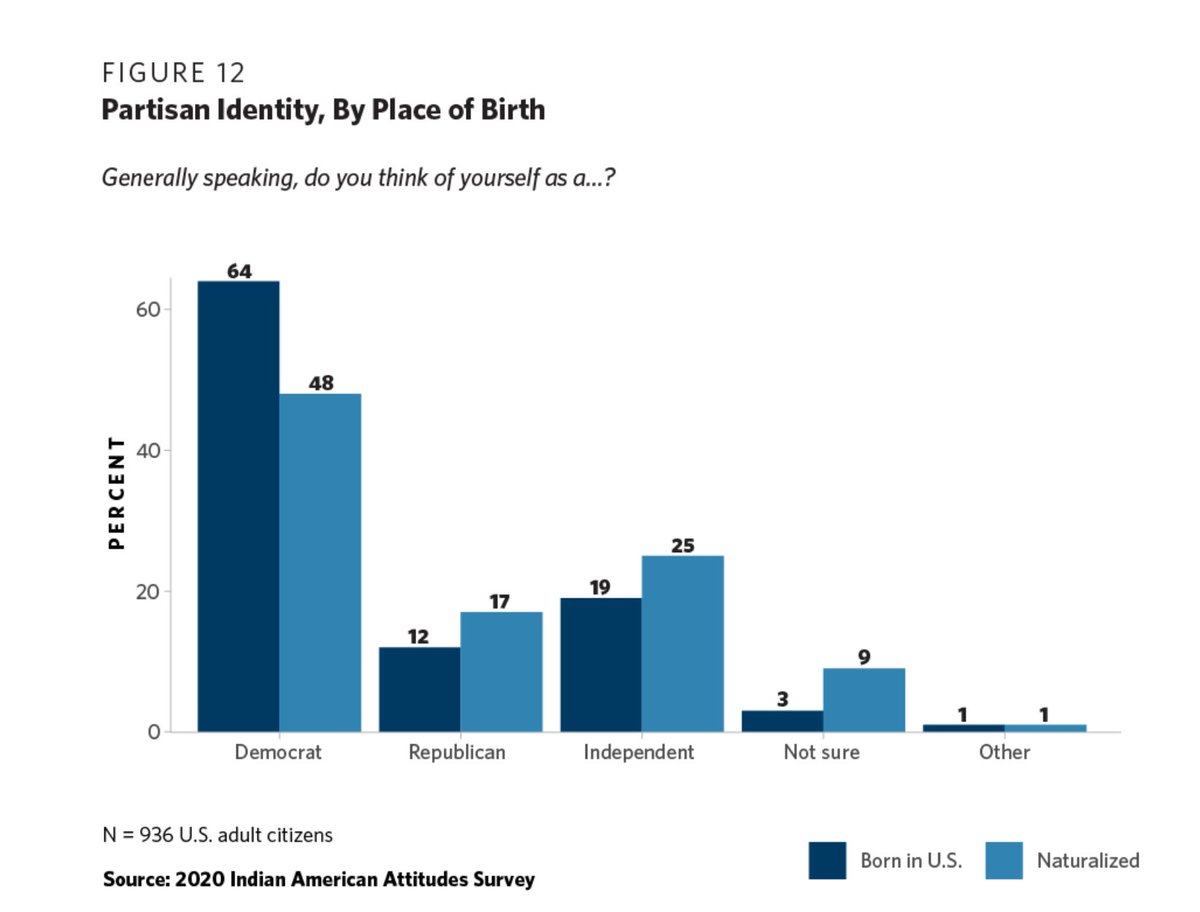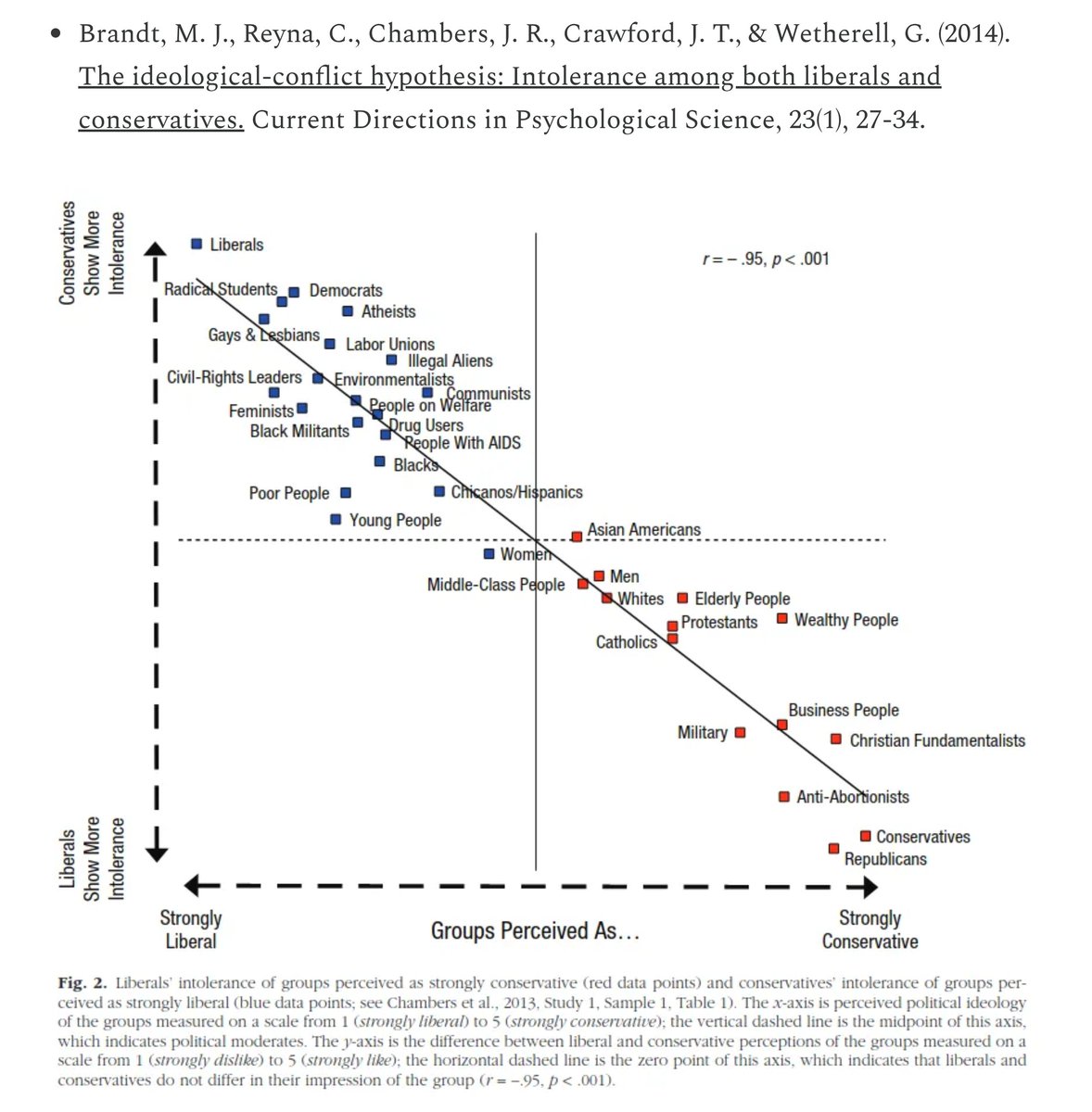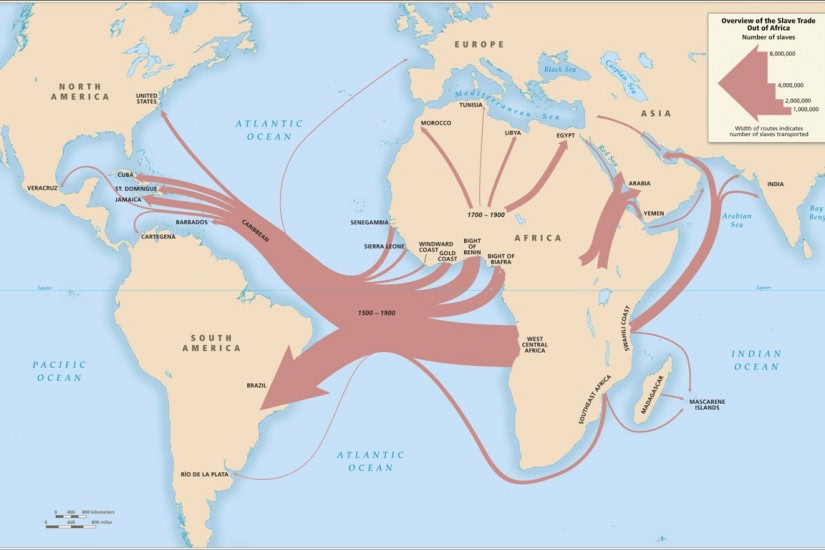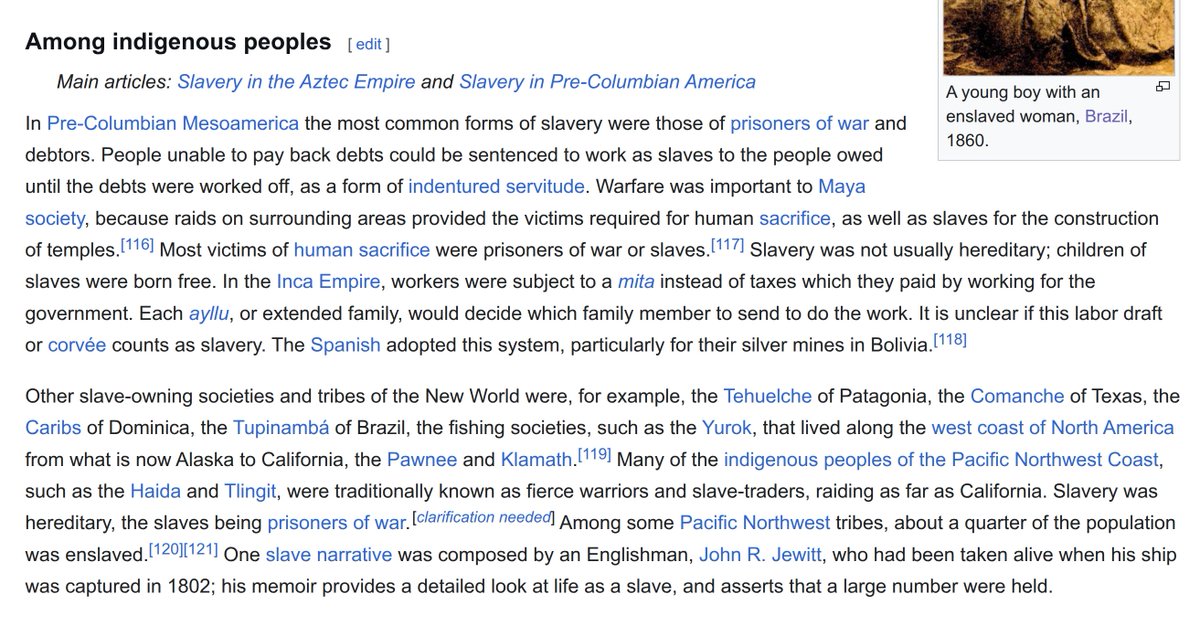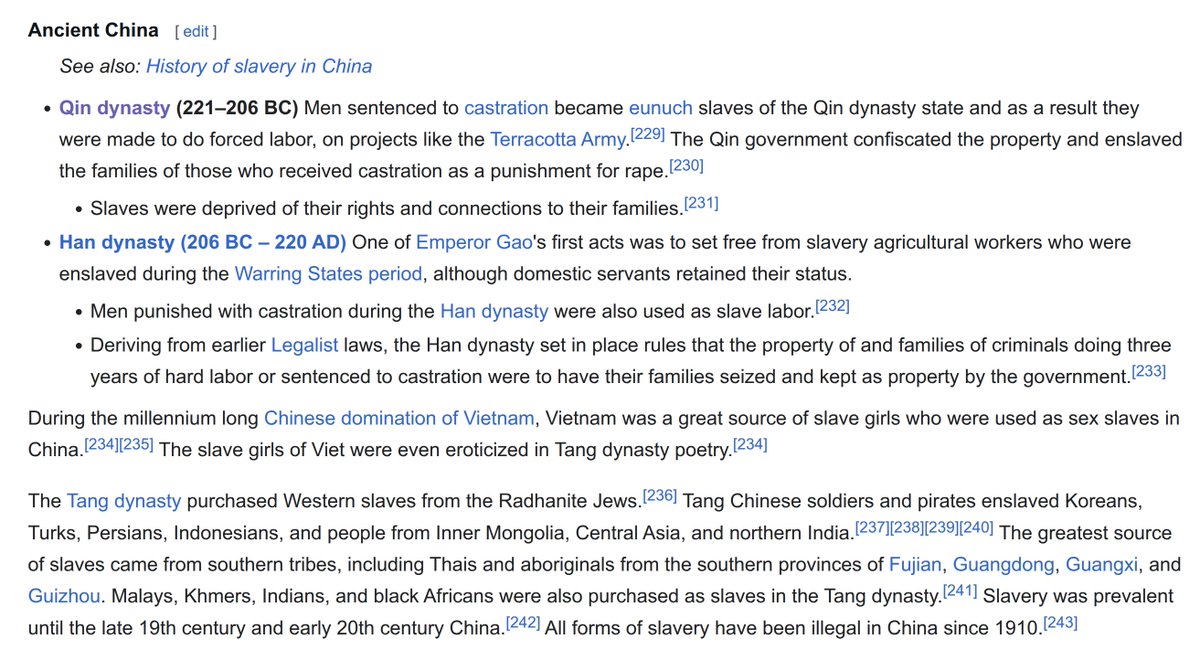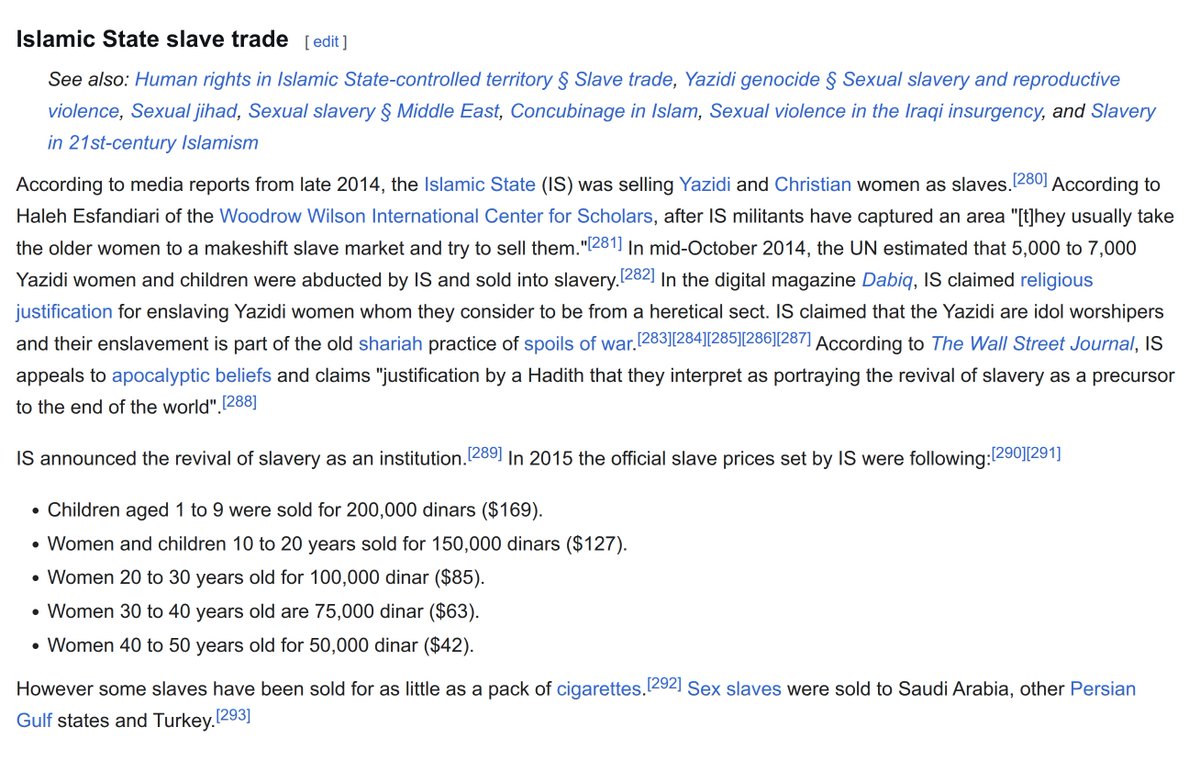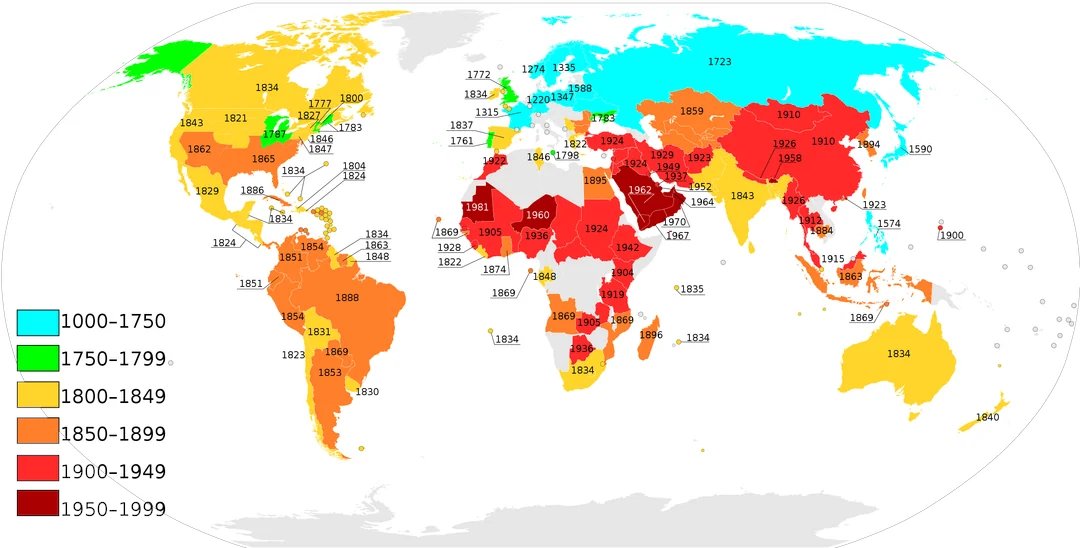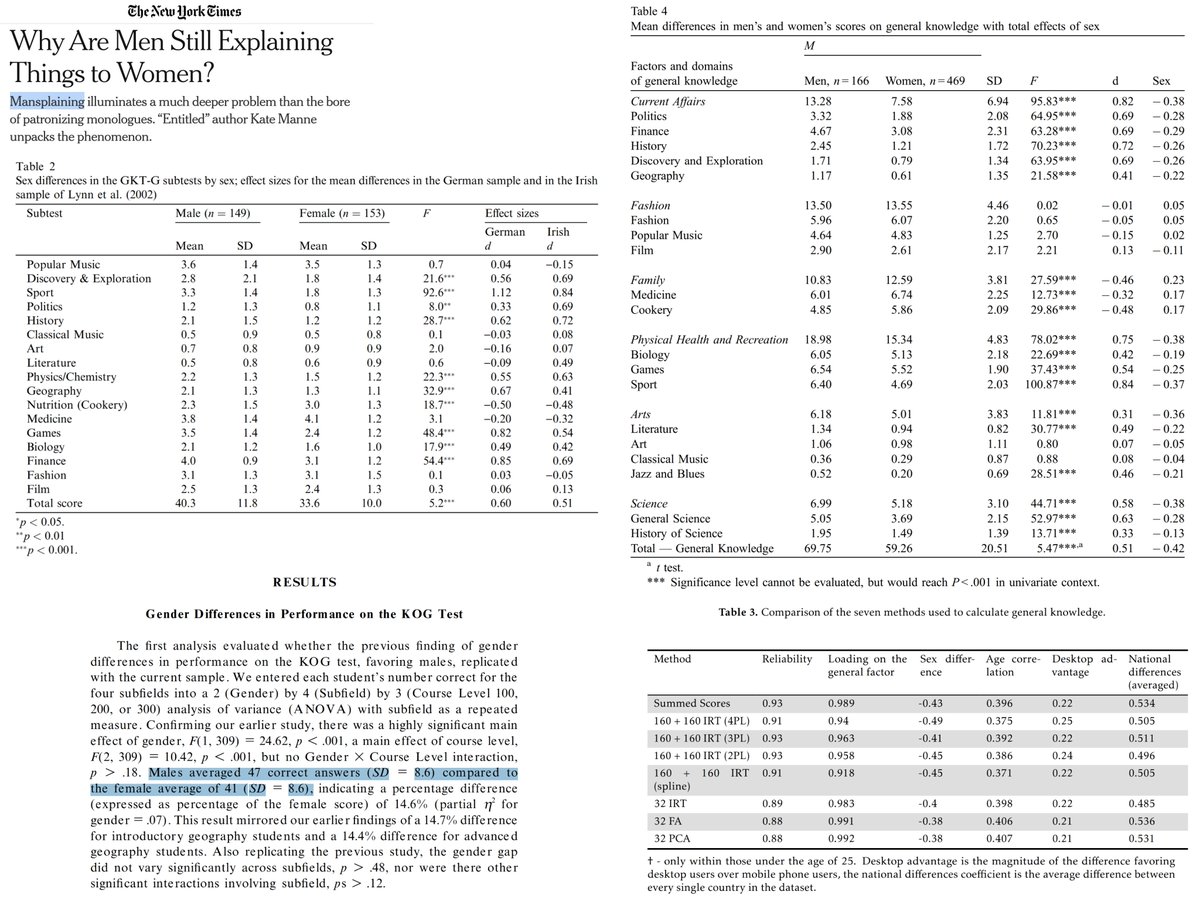"Armed with this learning “Rosetta Stone,” we revisit various well-known results, showing, inter alia, that learning differences between most- and least-developed countries are larger than existing estimates suggest."
cgdev.org/publication/ro…
cgdev.org/publication/ro…
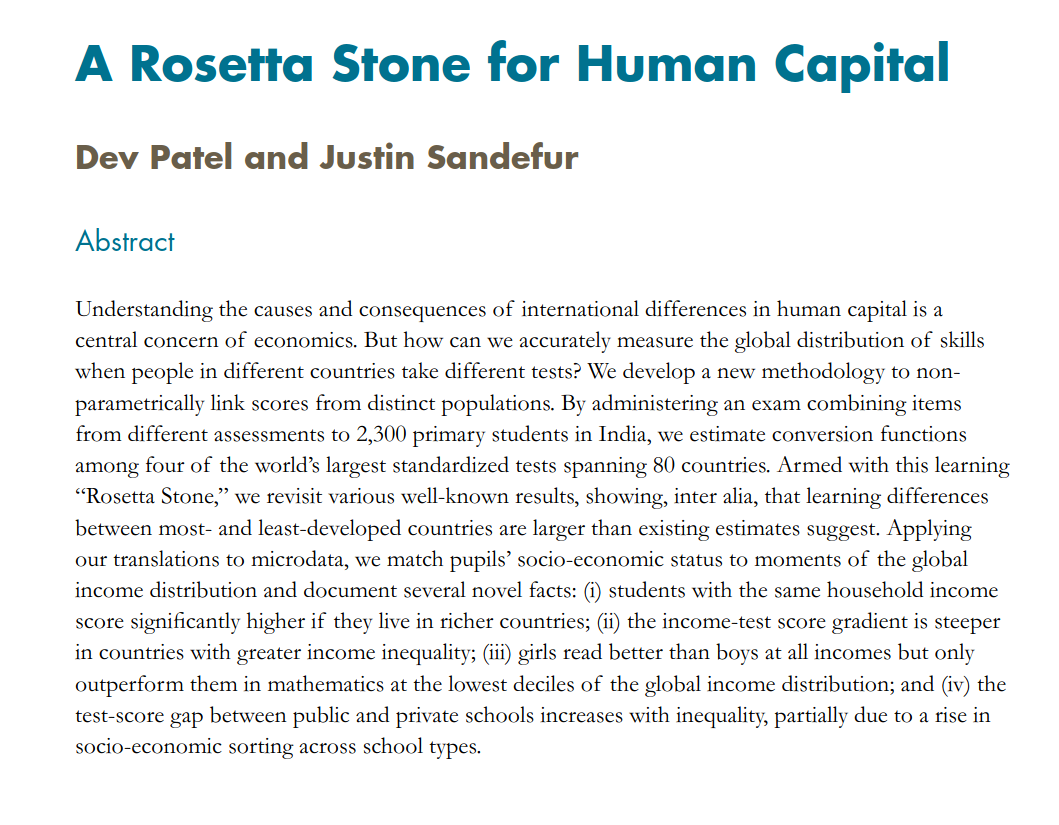
So, it's another item linking study. The idea is to find items that have been reused across these tests, and thus one can link the scores with some math tricks. Coverage looks like this. 

Unsurprisingly, the correlation of these new results with existing ones are very similar. There is a comparison to the Altinok 2018 scores, these are the World Bank ones, r = .90 or so. 

These authors are very PC and only talk about vague "human capital", "test scores" and the like. Like the other PC researchers in the area, they are puzzled by the oil country results, and returns to schooling. The magic education pill is in another castle. 

There is of course no mention of intelligence, nor any of the intelligence researchers who have been using these country comparisons for decades: Lynn, Meisenberg, Rindermann, Becker, et al, not even Garett Jones.
emilkirkegaard.dk/en/?p=7746
emilkirkegaard.dk/en/?p=7746
• • •
Missing some Tweet in this thread? You can try to
force a refresh




